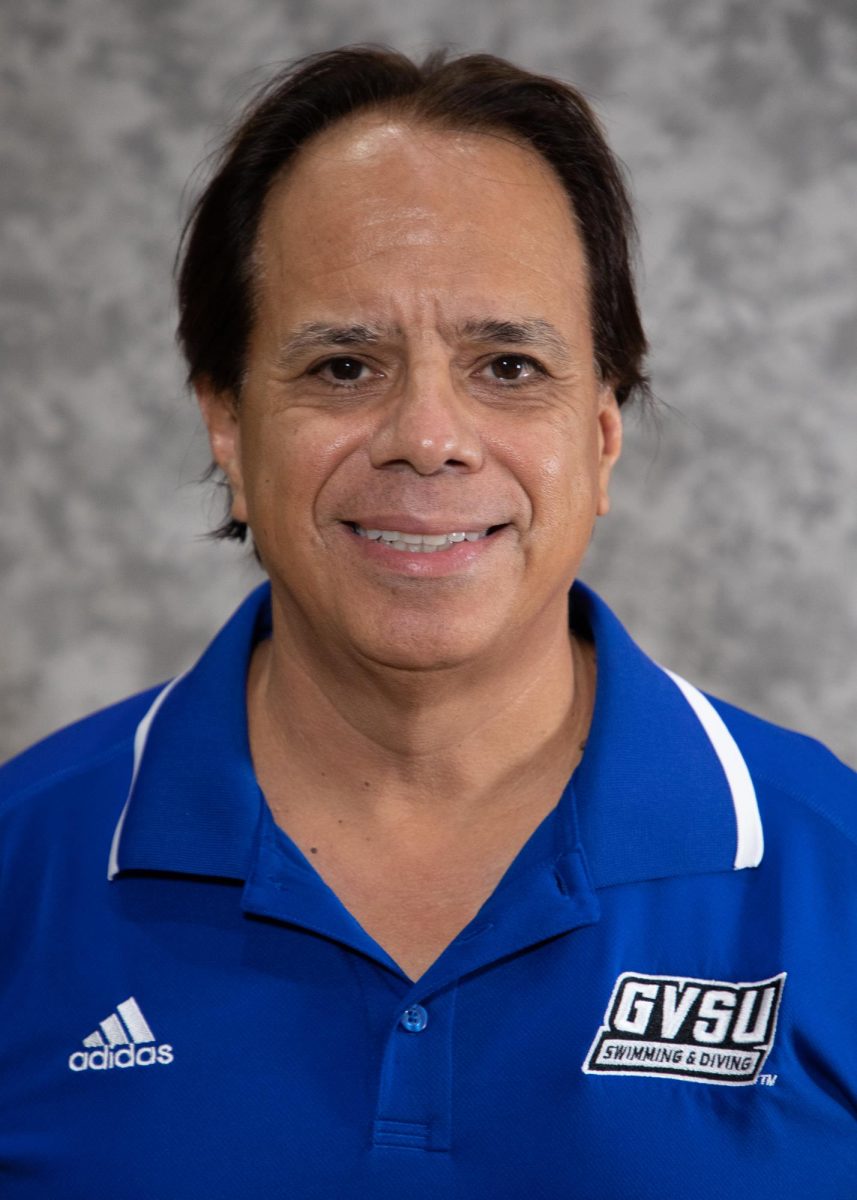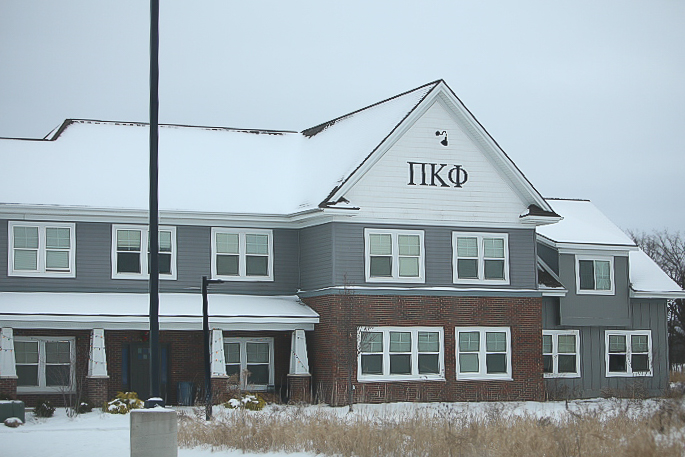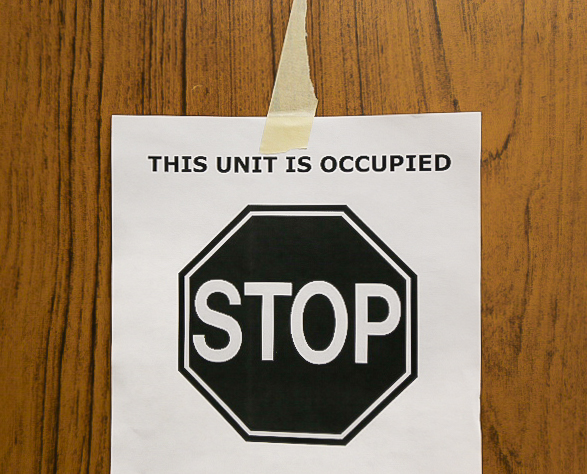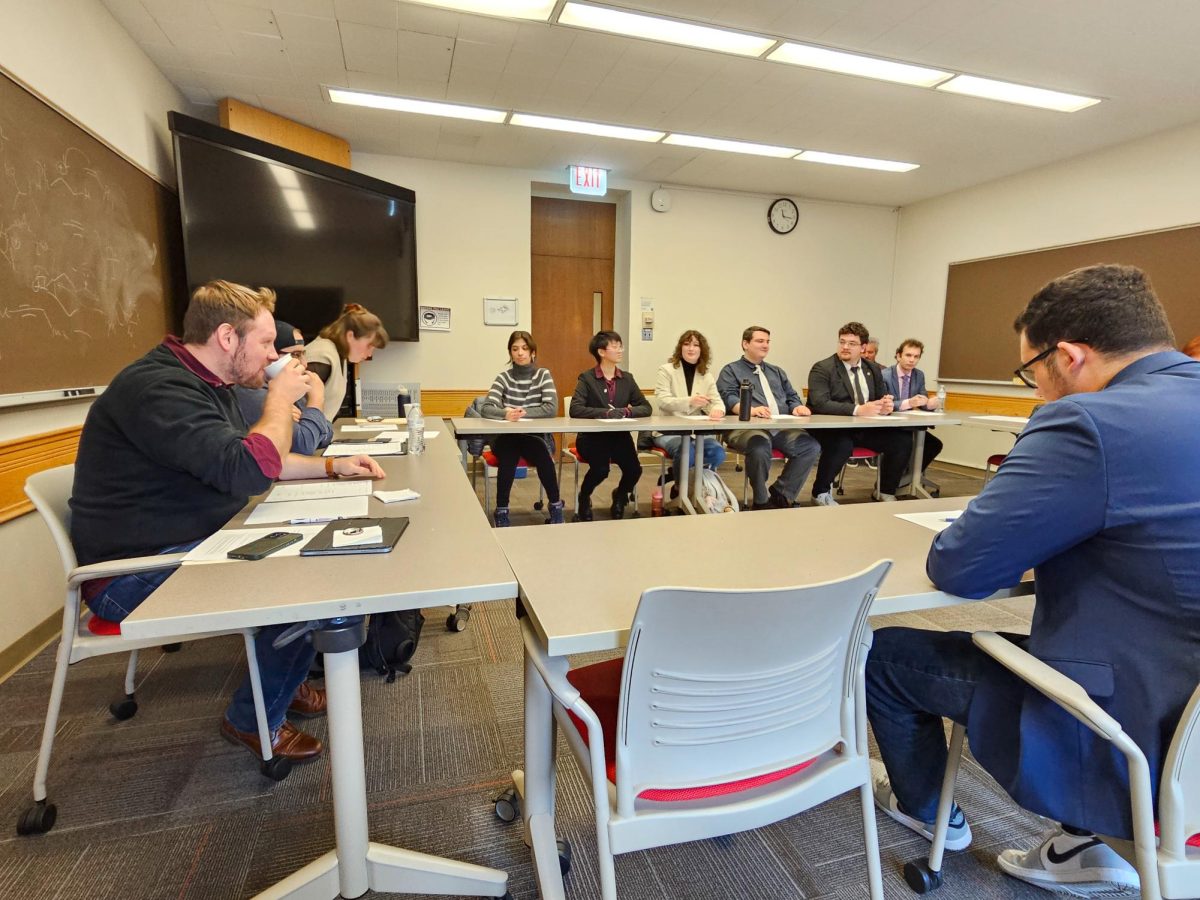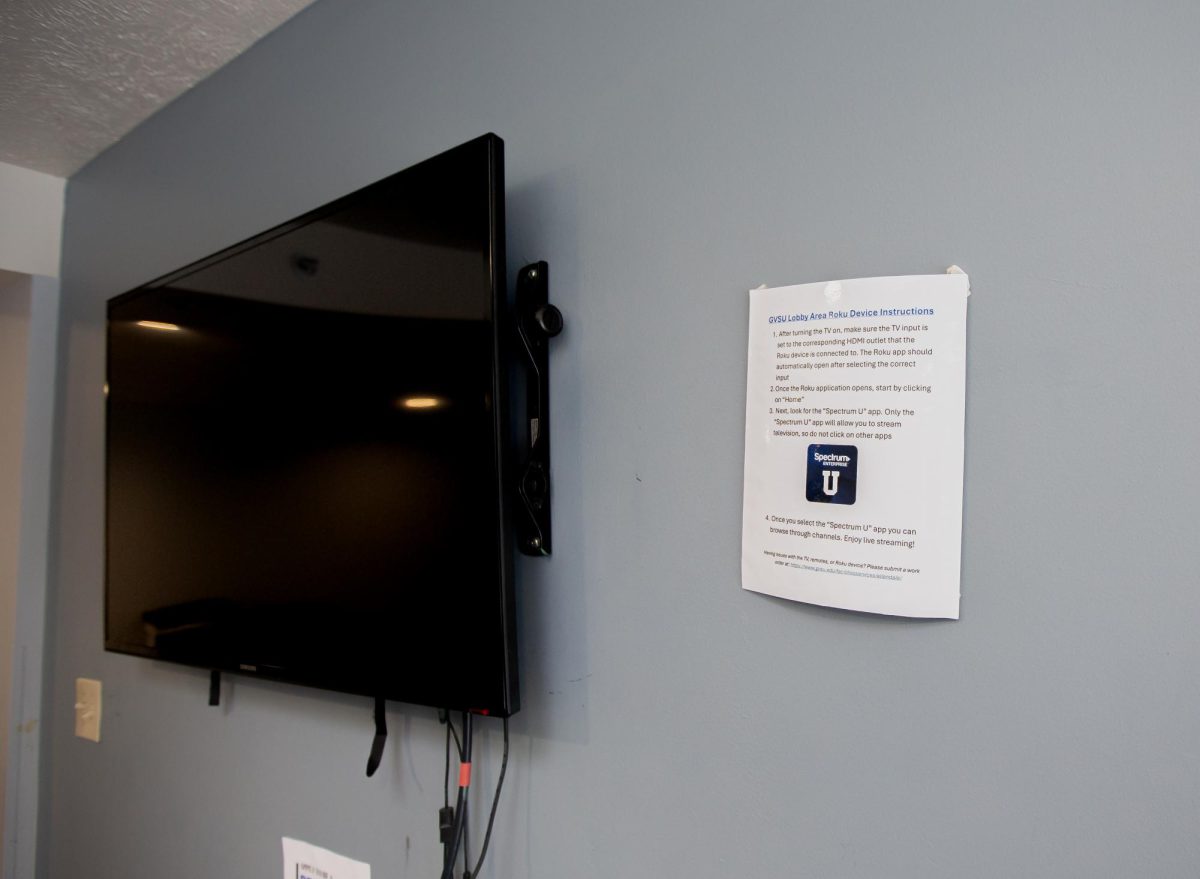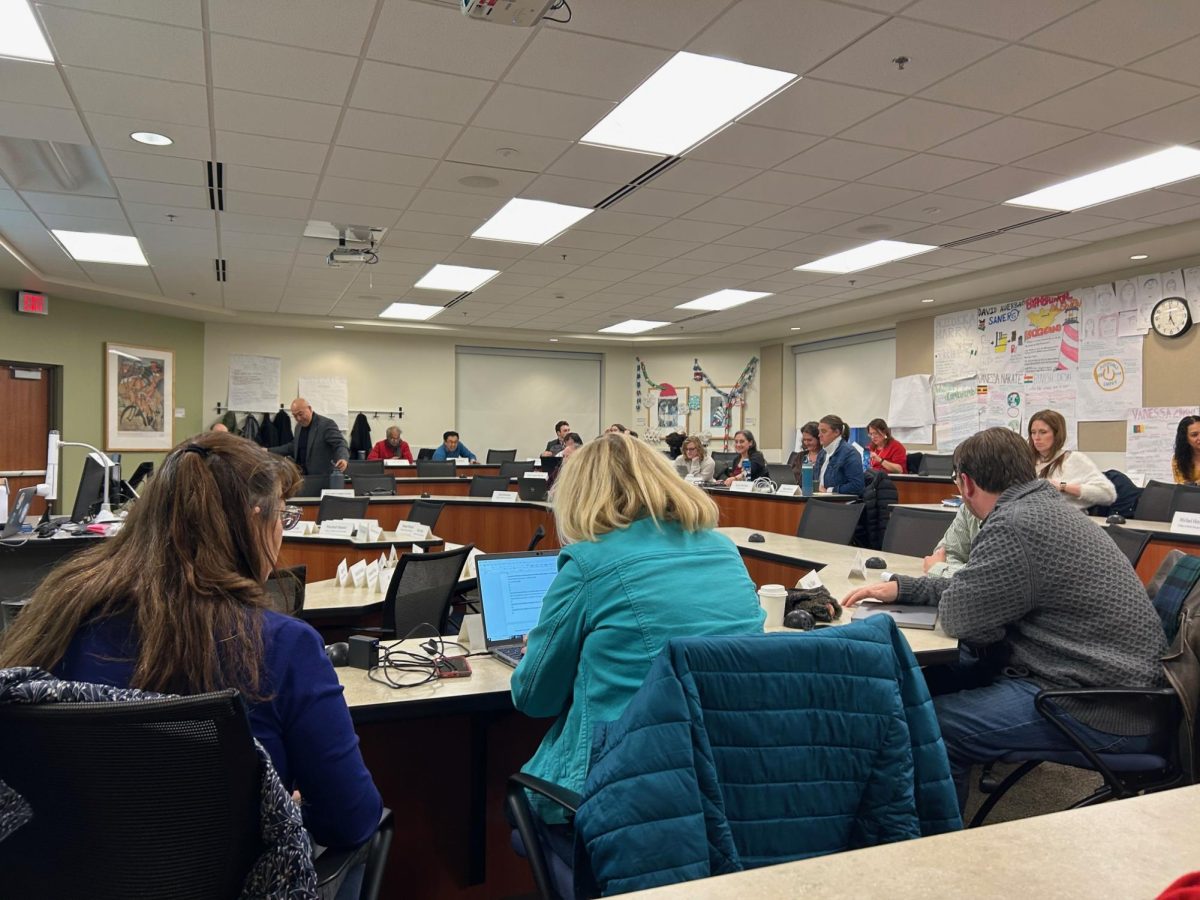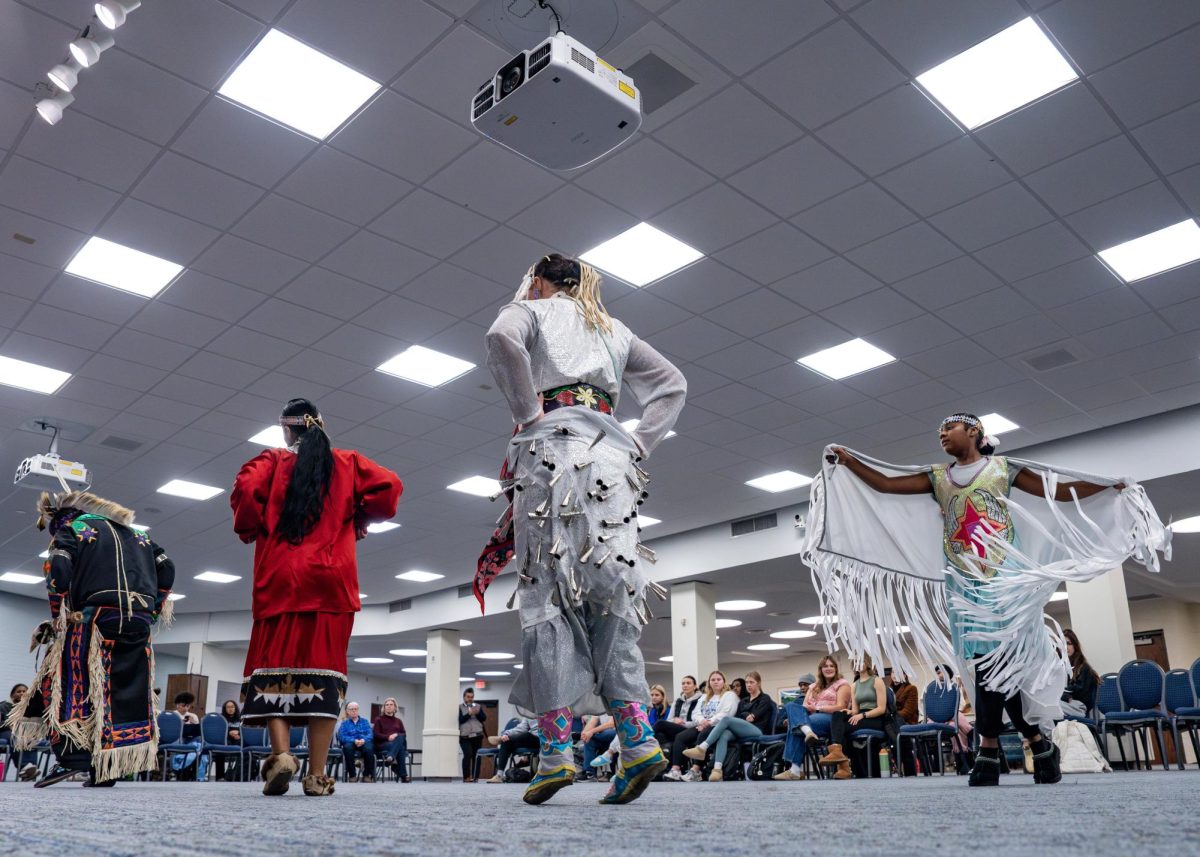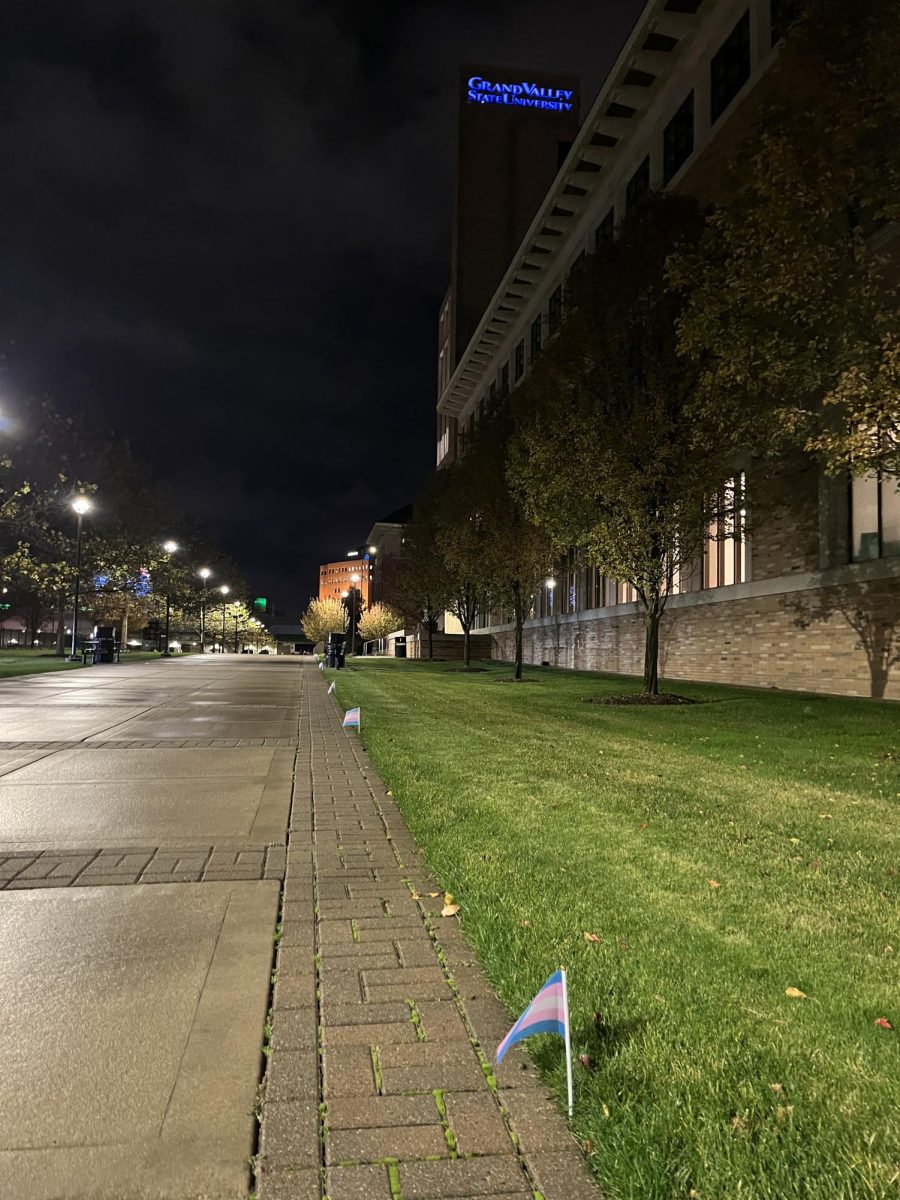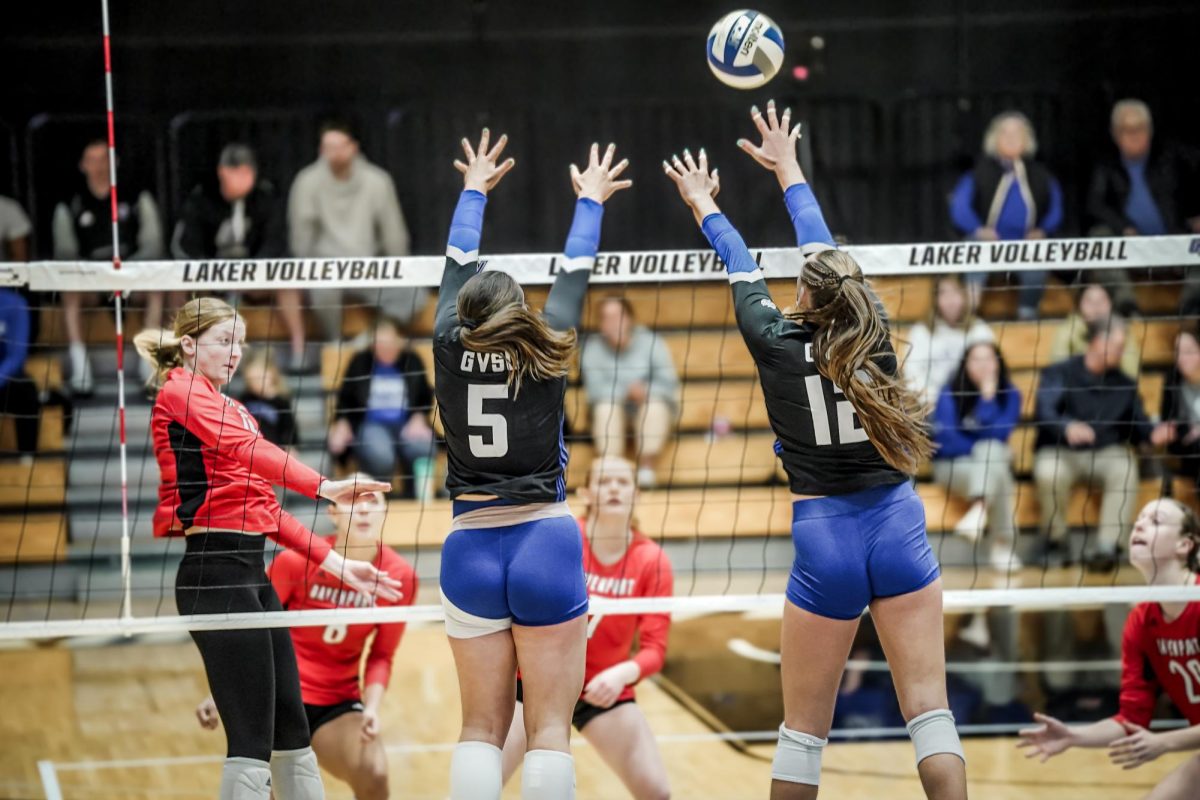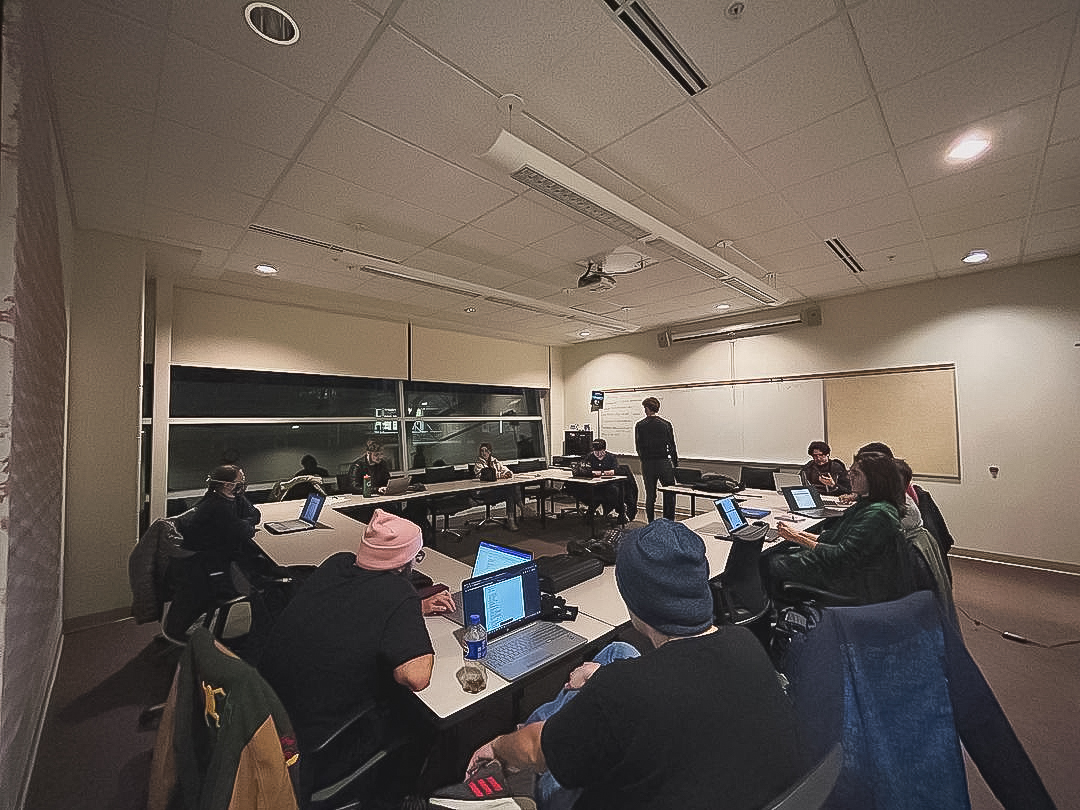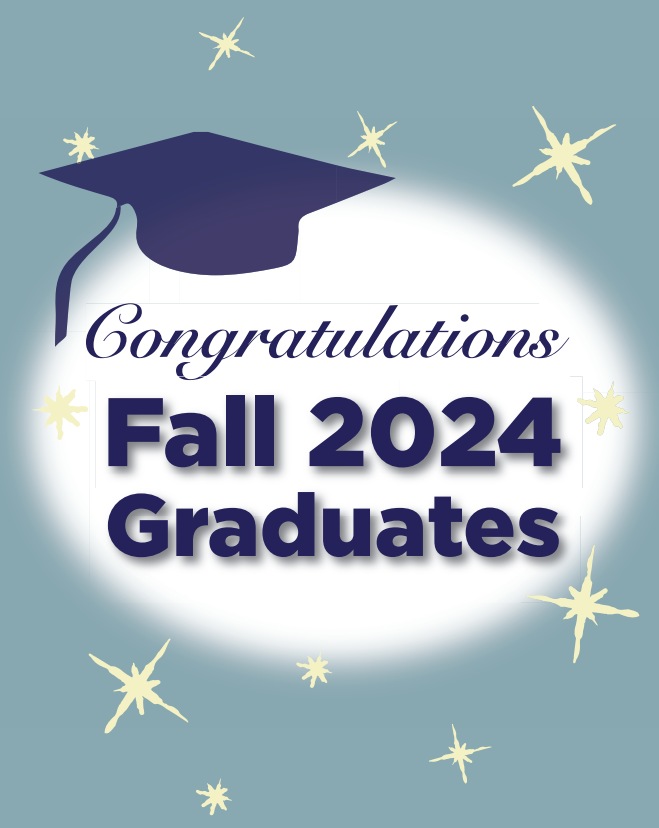CIS, engineering receive record enrollment numbers
Jan 5, 2015
The computing and information systems (CIS) program and the engineering program at Grand Valley State University have logged record-enrollment numbers of first-year-students for the 2014-2015 academic year.
Paul Leidig, the CIS director, said the record growth for the program is part of a bigger story.
“Prior to the year 2000 Y2K scare, the Internet was taking off and enrollments were ballooning and companies couldn’t hire fast enough,” Leidig said. “Then the bubble burst and it was economically over-hyped, so businesses didn’t hire as many programmers and, because nobody was going into the field anymore, companies had to outsource and enrollment fell by almost 50 percent over four or five years.”
Leidig said the decline in enrollment starting changing rapidly at GVSU during the 2005-2006 school year and has seen a steady increase during the nine years since then.
“Our enrollments are back to what they were in 2000, and, in fact, are now double what they were in 2005-2006,” Leidig said. “So one half of the story here is that students and employers have gotten the word out for almost 20 years about the program. Guidance councilors and parents have been steering people away from this major, but jobs have always been there.”
There are two majors within the CIS program: computer science and information systems. This year, there are 617 total students in the CIS program. Two thirds of those students are computer science majors while the other third are pursuing information systems majors. These numbers are more than double the amount of students enrolled in 2006, when there were only 375 students total.
Leidig said jobs are in such a high demand that students have a 100 percent job-placement rate after graduation.
“There are roughly four jobs for every graduate,” Leidig said. “While enrollment is really increasing, it isn’t nearly fast enough for the demand in the industry. Over the last six years, the increase has been between three and 18 percent each year, so it’s a slow and steady increase, but we should be graduating twice as many as we are.”
He also said the increase in registered students also means more diversity in the program.
“There isn’t nearly enough diversity, but there is a little more,” Leidig said. “As the field has become more visible, it’s less where geeks and nerds come to study computing and more where people are seeing it as a cool way to use computers. We have summer camps at Grand Valley for middle school girls to expose students when they’re just starting to think about careers. So we do computing things like that, and it’s starting to help, but not nearly enough.”
Chris Plouff, the director of the School of Engineering, said he has also seen record enrollment numbers in the program this year.
“There were over 400 students enrolled in the first-year design course this fall, which compares to just over 250 students two years ago,” Plouff said. “That’s a 60 percent increase over two years. The number of women students in the program has been increasing as well. Over the same two year period, the number of women pursuing the bachelor’s of science engineering degree has increased from 94 to 134 students, a 47 percent increase.”
Plouff said the program growth can be attributed to several different factors. First, the reputation of the program has grown locally, regionally and nationally. The engineering program was recognized by both the American Society for Engineering Education and the National Academy of Engineers for its innovative practices and excellence in programmatic outcomes and student retention.
Another reason Plouff attributes to the growth of the program is the fact that students are becoming more informed about the careers in the S.T.E.M. (science, technology, engineering and math) fields, and they are realizing the career opportunities available to them with an engineering degree.
“There has been extensive work done to promote STEM fields in the K-12 system over the past several years, and it’s starting to manifest itself in students choosing STEM majors in greater numbers,” Plouff said. “Also, the job market for engineering degrees is very strong, and entry level salaries for engineering graduates is at an all time high. Recent grads are regularly obtaining starting annual salary offers in the $50,000-$60,000 range.”
Thomas Demmon, the associate director in the GVSU Career Center, said there is an abundance of employers for both fields.
“I’m confident that every academically approved CIS intern and EGR Co-op will be employed as such in 2015,” Demmon said. “My estimation is that we’ll have approximately 110 CIS interns and 120 EGR Co-ops seeking employment in 2015.”
Demmon added that the GVSU Fall Career Fair had 235 employers, many of them seeking engineering students. The Engineering Recruiting Fair also draws many employers.
“Our Jan. 14 Engineering Co-op recruiting fair already has 45 registered, and there’s only room for 50 maximum,” Demmon said. “We are pretty busy in the Career Center trying to keep up with the inquiries of interested employers.”




